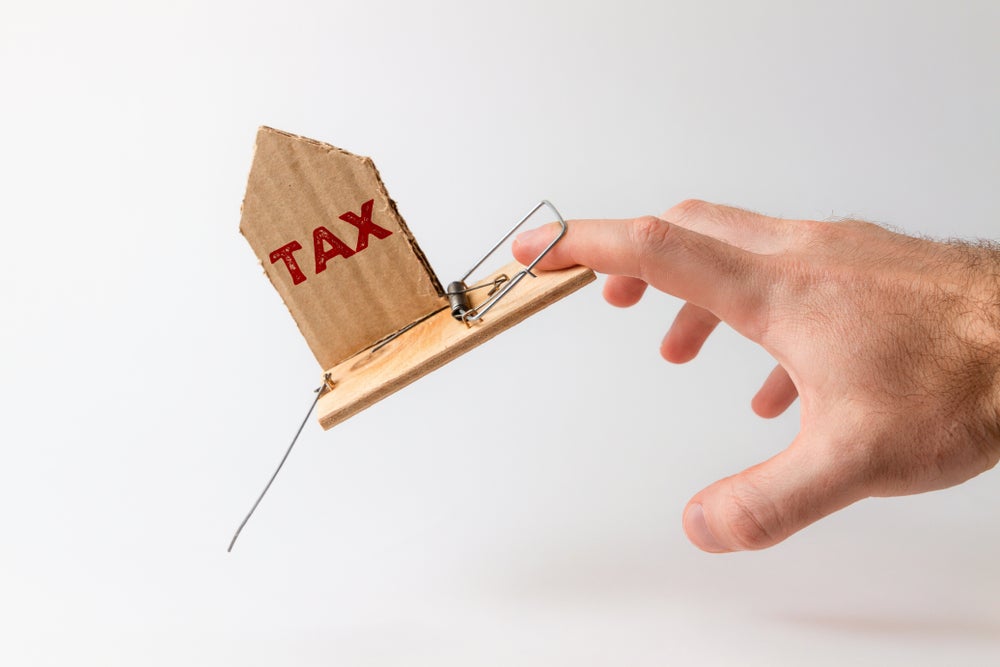EU
Cross-border tax issues are under the EC spotlight following a
report that recommends a quicker treatment of cross-border offsets.
However, European correspondent Jeremy Woolfe
discovers that no reform will be possible in the near future,
meaning that barriers to EU tax competitiveness are likely to
remain
The question of the offset of tax losses from one part of a
corporate group against profits at headquarters located in a
different EU member state is a problem that is re-emerging in
Brussels. Pressing commercial interests are being swamped by
complexities, however, meaning that steps are being taken with
extreme caution.
The latest move is a report from the European Parliament that
presses for tax offsets to be made possible. Currently,
corporations may wait for three to five years for cross-border
losses to become “definitive”, says European MP Piia-Noora Kauppi.
She wants reform now and without delay.
In her report, entitled ‘Tax Treatment of Losses in Cross-Border
Situations’, the politically centre-right Kauppi writes: “The
difference in tax treatment of branches and subsidiaries in a
domestic situation, as opposed to a cross-border case, interferes
with logical investment decisions.”
Tax obstacles
How well do you really know your competitors?
Access the most comprehensive Company Profiles on the market, powered by GlobalData. Save hours of research. Gain competitive edge.

Thank you!
Your download email will arrive shortly
Not ready to buy yet? Download a free sample
We are confident about the unique quality of our Company Profiles. However, we want you to make the most beneficial decision for your business, so we offer a free sample that you can download by submitting the below form
By GlobalDataKauppi says this distorts the smooth function of the
single market and exerts a drag on the European economy. Her
position is that the EU, which arguably has the largest competitive
single market in the world, must quickly be made “tax-competitive”.
She contrasts the EU internal market, characterised by a large
number of tax-induced obstacles, with other single markets, notably
the US, Japan and China, each with harmonised codes.
Amplifying on the idea of economic obstacles, a commission official
tells TA that in the EU single market, a company may make a profit
of, for example, 200 units in its home country but lose 100 units
in a start-up operation elsewhere. In this example, the company has
to pay full national corporation tax on the 200 units but its
investment loss is “stranded”, the commission says. The EC’s aim is
to press for a solution.
Unfortunately, solving such legislative puzzle in the EU, with its
27 different jurisdictions, often happens at a snail’s pace. One
incident that launched the tax loss issue was the Marks &
Spencer ruling in the European Court of Justice (ECJ), which came
in December 2005 following years of legal opposition in the UK
courts. The ECJ decision allowed the retailer to gain a €44 million
($64 million) rebate from its UK tax bill, as offset against tax
losses from its continental European subsidiaries. Significantly,
the ECJ worded its judgment to make clear that it opposed that tax
losses might be taken into account twice, and other tax avoidance
risks. However, in the face of support for the UK government’s
opposition (from Finland, France, Germany, Greece, Ireland, the
Netherlands and Sweden) the judgment did force the tax loss issue
into the open.
Also in 2005, the EC published a communication entitled ‘The
contribution of taxation and customs policies to the Lisbon
Strategy’. Then, in December 2006, the commission published another
communication, ‘Tax Treatment of Losses in Cross-Border
Situations’. This document sets out clearly many inconsistencies of
the EU corporate taxation set-up, one being that it unfairly
favours large companies in comparison with SMEs.
Three approaches
The communication describes three alternative approaches. The first
is a definitive transfer of losses or profits, without recapture.
The commission opposes this, as it could shift tax bases across
borders. Secondly, it raises the possibility of a temporary loss
transfer that allows for that loss to be recaptured by the national
exchequer of the subsidiary once the subsidiary returns to profit.
Finally, the communication puts forward the idea of applying a
worldwide system by which all foreign profits and losses are taken
into account at an entity’s headquarters.
As it turned out, the commission’s initiative fell largely on deaf
ears: in March, the EU’s Economic and Financial Affairs Council did
no more than note the communication’s existence.
Tax avoidance manoeuvres
There is concern hasty reform could lead to opportunities for
companies to manoeuvre their positions to avoid paying corporation
tax. An extreme example could be an EU multinational allocating its
profits to low-tax countries, such as Estonia, where corporation
tax is zero. In parallel, it could then engineer its losses to
transfer to, for example, Germany, where federal and local taxes
still mount up to around 30 percent.
The commission’s next step was another communication, ‘Tax Abuse’,
which has just been released. While attempting to deal with
Kauppi’s concern, its aim is to improve the “co-ordination of
national anti-abuse rules”, the commission says. This is against a
background where some EU member states have already implemented
what the commission describes as anti-abuse rules.
The new document suggests how co-operation between the member
states could help. It shows them how they comply with EU single
market treaty obligations, and the paper copes with double
taxation. The communication covers matters such as rules against
particular types of avoidance schemes, such as thin capitalisation
and letter box companies, purporting to provide intra-group
services without adequate physical existence.
Linked to the whole cross-border tax loss challenge is another
major challenge – to set up a European common consolidated
corporate tax base (CCCTB). The European Parliament Committee on
Legal Affairs holds the view that a CCCTB “would help, most of all,
to tackle the difficulties which arise in relation to cross-border
losses”.
Drawn-out process
How long it is before Kauppi’s paper will stimulate results is
anyone’s guess. There will be liaison with parliament, though this
body is known to be somewhat toothless for taxation. It is also
expected there will be noticeable noise from lobbyists.
This procedure could finally be followed by regulation, or, more
likely, a directive. If it is a directive, it would have to be
transposed into 27 different national legislative codes. Then the
EC would have to verify that the transpositions conformed to the
directive. Finally, the directive would be implemented across the
EU, effectively becoming law.
This drawn-out process could take another three, six or more years.
Kauppi fears this is ample time for the EU economy to fall behind
the US, Japan, China and other rivals.





